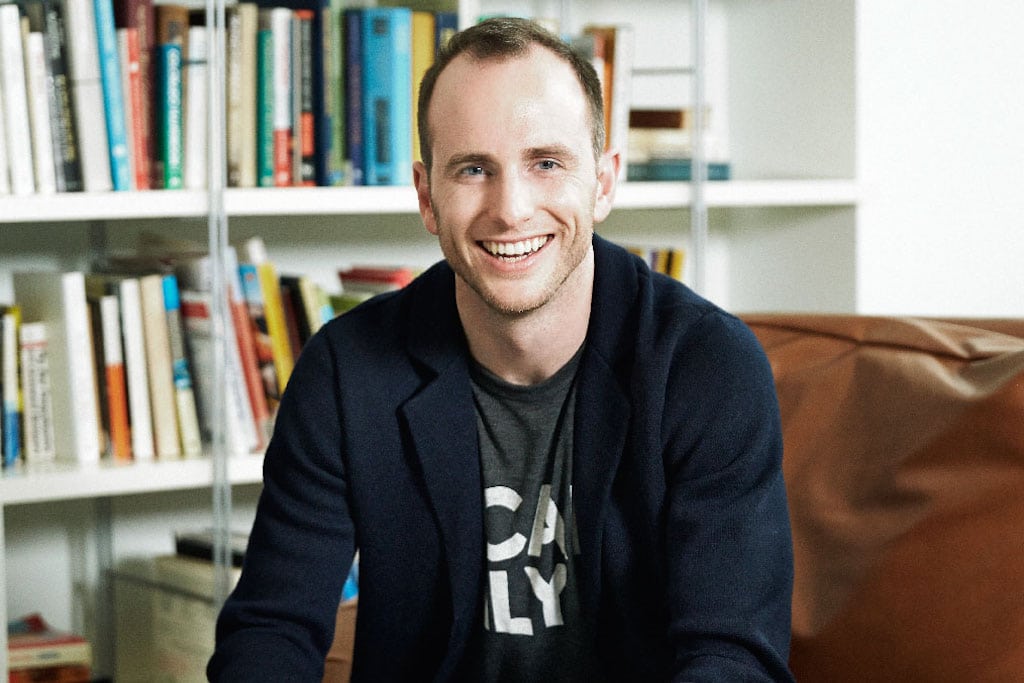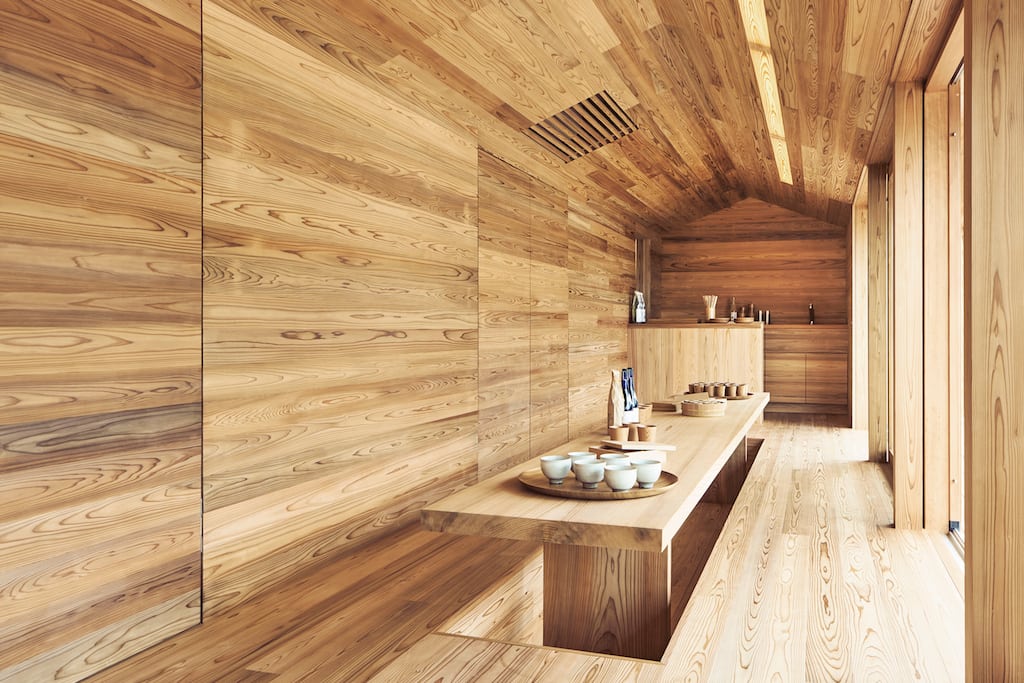Skift Take
On several fronts, it's obvious that Airbnb is working hard to diversify and expand its products. And Samara, an Airbnb design studio, which is headed by co-founder and chief product officer Joe Gebbia, is the latest manifestation of that.
What does Airbnb have up its sleeve next?
In just eight years, the San Francisco-based startup, now valued at an estimated $30 billion, has become a truly global business that operates in more than 34,000 cities in 191 countries.
Airbnb’s decisions on operations and new products can have a major impact on a global scale.
In Rio, for example, Airbnb is helping the hotel-strapped city accommodate more than 66,000 visitors attending the Olympic Games. And countless guests and hosts have spoken openly about the personal and economic opportunities that the home-sharing platform has enabled them to have.
But the company is also facing regulatory battles in a number of cities because of its impact on local housing markets and communities. And it’s currently engaged in an effort to address discrimination taking place on its online platform. That’s something Airbnb co-founder and CEO Brian Chesky has called the company’s biggest challenge yet.
Figuring out what’s next for Airbnb, as far as products go, however, is the main role of co-founder and chief product officer Joe Gebbia. In early August, Airbnb revealed its newest initiative, a design studio, Samara, which it states is geared to explore “new attitudes towards sharing and trust.”
Gebbia answered some of our questions about Samara and thus provided more insights into Airbnb’s hospitality vision.
While most media outlets have described Samara’s first offshoot, Yoshino Cedar House, as Airbnb’s “foray into urban planning,” or a hotel, Airbnb, was quick to point out that the facility is not a hotel.
Samara, though, is the latest signal that Airbnb is interested in diversifying its products and exploring new categories or industries to disrupt. Whether Airbnb is actually building a hotel, or has plans to do so in the future, it’s apparent the company intends to continue evolving traditional hospitality concepts.
Skift recently reached out to Gebbia to ask him about Samara, and it’s clear he isn’t done thinking of new ways for Airbnb to evolve.
Note: This interview was conducted via email.
Skift: Airbnb single-handedly changed how people discover and book vacation rentals, and that started with the product. How do you top that?
Gebbia: For us, it is about looking for new and different ways to support and engage with our Airbnb community, and one of those ways is to improve and update our product. Another way is to explore offerings related to our vision and values, and that’s what Samara is dedicated to.
Skift: How much of your time are you devoting to this? Will someone else step into the CPO [chief product officer] role?
Gebbia: Part of my role as a leader at Airbnb is to envision our long-term future. Samara is a key part of that and we are continuously exploring exciting ideas that could become seeds for Airbnb’s future.
Skift: What was the inspiration for Samara? Is it related to the term “Samaritan?”
Gebbia: Actually, we were inspired by how closely the samara seedling resembled Airbnb’s new logo, the bélo. Known as “helicopters,” samara seedlings are also a perfect metaphor for what we’re doing at the studio: Their design enables them to travel as far as the wind will take them.
Skift: How important to you is design in terms of the modern hospitality experience?
Gebbia: The essence of design is understanding someone’s needs, listening to them, and translating this understanding into new objects, services, or behaviors that improve their condition. These principles are indeed also essential to hospitality. Charles Eames said, “The role of the architect, or the designer, is that of a very good, thoughtful host, all of whose energy goes into trying to anticipate the needs of his guests.” Design is a consideration for all the touchpoints at each level of interaction, and seeking new ways to improve each of those interactions.
Skift: As chief product officer, what have your main objectives been in terms of innovating Airbnb’s product?
Gebbia: One of the most important aspects of our product is the Olympic-level trust needed between two people who have never met. I spoke on this topic earlier this year.
We didn’t come up with anything new: Hospitality has been around forever, and there were many websites like ours. Why did ours eventually take off? Luck and timing aside, what I’ve learned is we can understand the components of trust and design for that. Trust is still, and will always be, the foundation of our company, and one of my main objectives has been to find new ways to understand and innovate all aspects of trust in our service, our company and our community.
Skift: What kinds of projects will Samara undertake going forward? How big is the team working in the studio?
Gebbia: With each new idea or project, we ask “How can we break down barriers to allow our community to better connect and support one another?” The studio is a multidisciplinary group of designers, engineers, and creators working on a variety of projects related to this theme.
Skift: Can you tell us more about the Yoshino Cedar House project [pictured below]? Is it a listing for just one person? Do you think this could work anywhere else?
Gebbia: The Yoshino Cedar House was designed and built for Kenya Hara’s “House Vision” exhibition in Tokyo and created in collaboration with Tokyo-based architect Go Hasegawa. The house illustrates the way architectural features can foster a deeper relationship between hosts and guests. Following the exhibition, the Yoshino Cedar House will be permanently installed in Yoshino, a bucolic town in the Nara district of Japan, where it will be a bookable Airbnb owned and maintained by the village. Proceeds earned will flow directly back into the community groups selected by the people of Yoshino to support the cultural legacy and future of the area, which has struggled as younger generations migrate away from rural towns.
We will be working closely with the town of Yoshino over the next year, and the model may be open-sourced to other rural areas in the world facing similar challenges brought on by urbanization.
Skift: With Samara, could you inevitably see Airbnb delving deeper into building physical products/assets of its own, like its own apartments or houses for rent? Or do you see this is as something designed solely for the benefit of local communities? Or is it more focused on the overall Airbnb experience?
Gebbia: With the design studio Samara, we’re interested in exploring new attitudes towards trust and sharing. We’re keen to build on the last eight years of learning from our community’s exploration of these topics, and break down the barriers that prevent them from ultimately connecting with each other. Airbnb works because we don’t own anything – the premise is that you share things you already have, and we’ll continue to work in that spirit. The Yoshino Cedar House is owned by the town of Yoshino, just as all Airbnb listings are owned by the hosts.
So, What’s Next for Airbnb?
In Gebbia’s February TED Talk, he gave further clues as to where Airbnb and, presumably Samara, are headed, alluding to some of the next big things we can expect from the company, without actually mentioning them specifically.
He said, “What if travel were like a magnificent buffet of local experiences? What if anywhere you visited there was a central marketplace of locals offering to get you thoroughly drunk on a pub crawl in a neighborhood you didn’t even know existed? Or learning to cook from a five-star restaurant chef?”
There’s been talk of the company launching “Magical Trips,” or curated experiences, for guests to book later this year. Airbnb is also testing a City Hosts program where its hosts act as personal tour guides. This summer, Airbnb tested hotel-style amenities and packages with a Sonoma Select pilot program in California.
Later, he told the audience, “Today, homes are designed around privacy and separation. What if homes were designed to be shared from the ground up? What would that look like?”
Last week, an article in The Information hinted that Airbnb is also trying to convince homebuilders to build extra rooms in houses and condominiums with the purpose of setting them aside for short-term stays. There’s talk Airbnb might even go into the home insurance or home financing businesses as well.
There have also been articles noting Airbnb has approached some of the biggest apartment owners in the U.S. about forming a revenue-sharing model in which landlords would be encouraged to rent their units on Airbnb, as opposed to renting them to residents.
Gebbia’s insistence that Airbnb doesn’t want to own anything isn’t necessarily that much different from how traditional hotel companies like Hilton and Marriott operate; in their asset-light approach, they don’t own most of the rooms or buildings they let people stay in.
Hotel companies let developers do the building and financing for them, while they take care of the management, branding, marketing, and design. One key difference between hotels and Airbnb is that Airbnb isn’t interested in managing properties.
As Gebbia noted above, “The Yoshino Cedar House is owned by the town of Yoshino, just as all Airbnb listings are owned by the hosts.”
Gebbia ended his TED Talk by saying, “Hospitality has been around forever … We know design won’t solve all the old problems but if it can help out with this one, or make a dent in this one, what else can we design for next?”
Dwell Newsletter
Get breaking news, analysis and data from the week’s most important stories about short-term rentals, vacation rentals, housing, and real estate.
Have a confidential tip for Skift? Get in touch
Photo credit: Joe Gebbia, Airbnb's co-founder and chief product officer, recently launched a new Airbnb design studio called Samara. Airbnb

